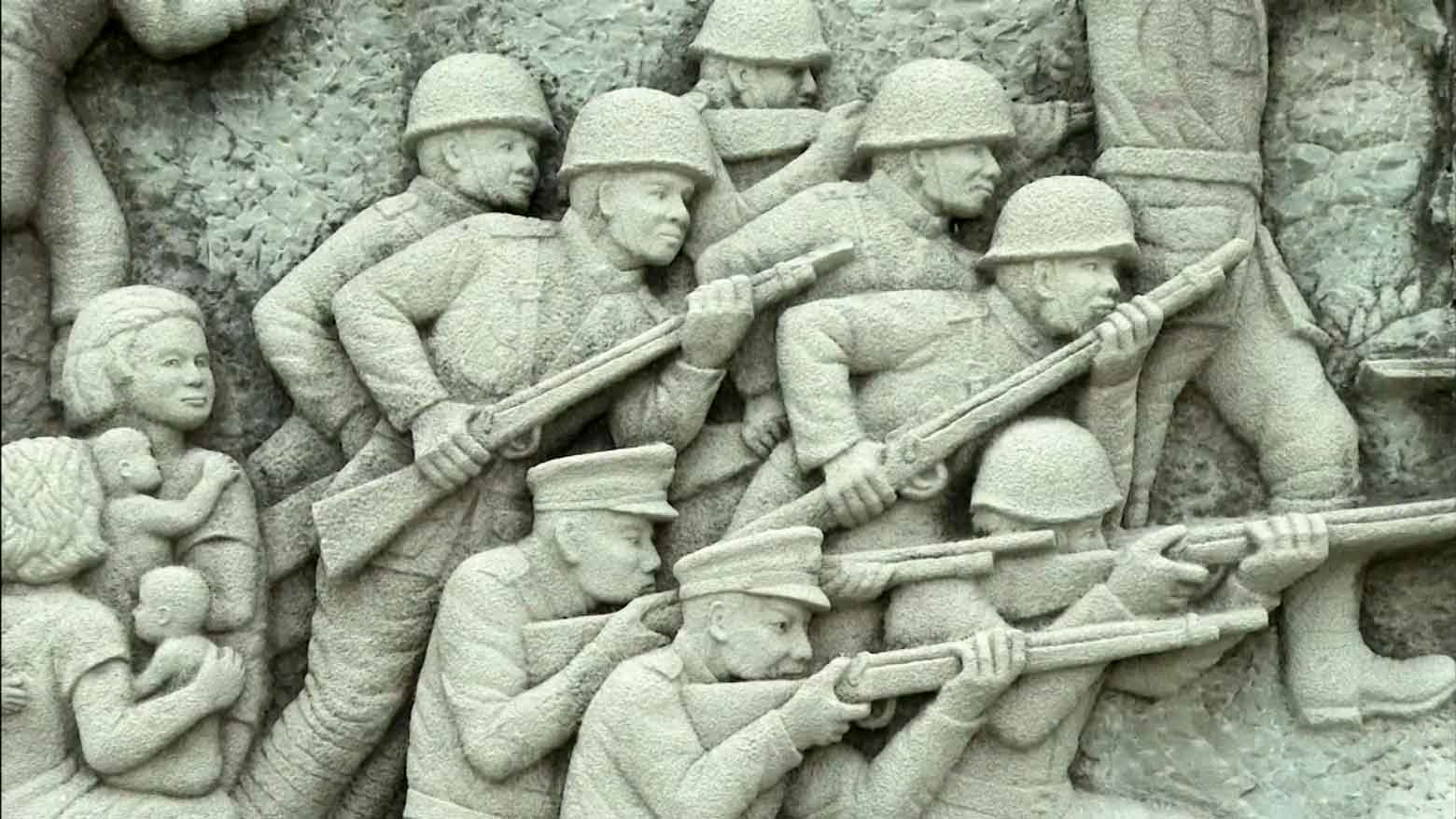Enemies become allies
The Imperial Japanese military was planning to head for Burma and the Malay Peninsula and needed to access the area via ports in Thailand. Japan's leaders sought permission from the Thai government to land, but the Thai Prime Minister was away from the capital and could not be contacted. The Japanese decided to make the landing anyway.
At the same time, other Imperial troops were crossing into Thailand from the east, while some of them advanced into what is now called Malaysia, then a British colony.
Thailand's military fought back in a defense as intense as it was short. Thai leaders agreed within hours to allow the Japanese to pass through their territory, and later that month joined forces with Japan and the Axis nations.
During the brief period of hostilities, at least 100 members of Thailand's military and police forces reportedly died, in addition to dozens of Japanese soldiers.
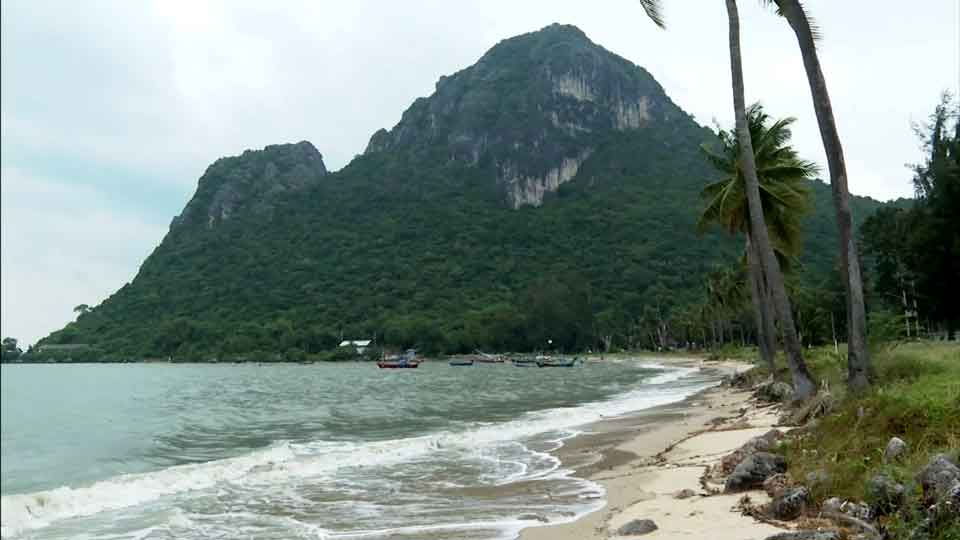
Scars of battle in southern Thailand
Notice of the ceasefire reached the province of Prachuap Khiri Khan later than other coastal regions. As a result, there was a battle reportedly lasting more than 30 hours. Japanese troops were landing at a shore where a Royal Thai Air Force base was located. By the time they laid down their weapons, more than 40 Thais and an unknown number of Japanese were dead. The base is now home to a museum commemorating the conflict.
Curator Sumalee Phosri says she wants people to understand the pain of war.
"I want everyone who comes here to learn that war is not good," she explains.
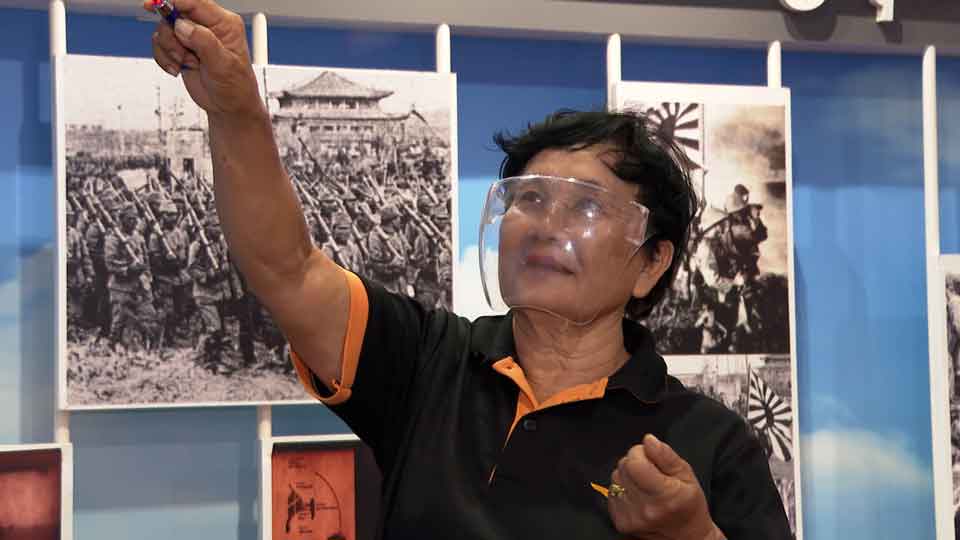
Further south in the province of Chumphon, the remnants of a bridge are testament to the fighting that took place.
Watch the video 03:42
Youth soldiers
The Thai resistance in Chumphon included around 30 teenage fighters. One of them, Charoen Mahacharoen, recorded his experiences three years ago. He was the last known survivor of the battle, and he wanted to make sure history wasn't forgotten.
"Our captain ordered us youth soldiers to go down the west side where the rice fields and coconut trees were. We hid ourselves under coconuts trees during the shooting. The fighting started at 7am and intensified. The Japanese were better equipped than us. They had machine guns. We had only small guns. On that day, their forces crossed the canal from the west to surround us. Our commander asked us to prepare for attack, saying 'follow me', and later he was shot and killed."
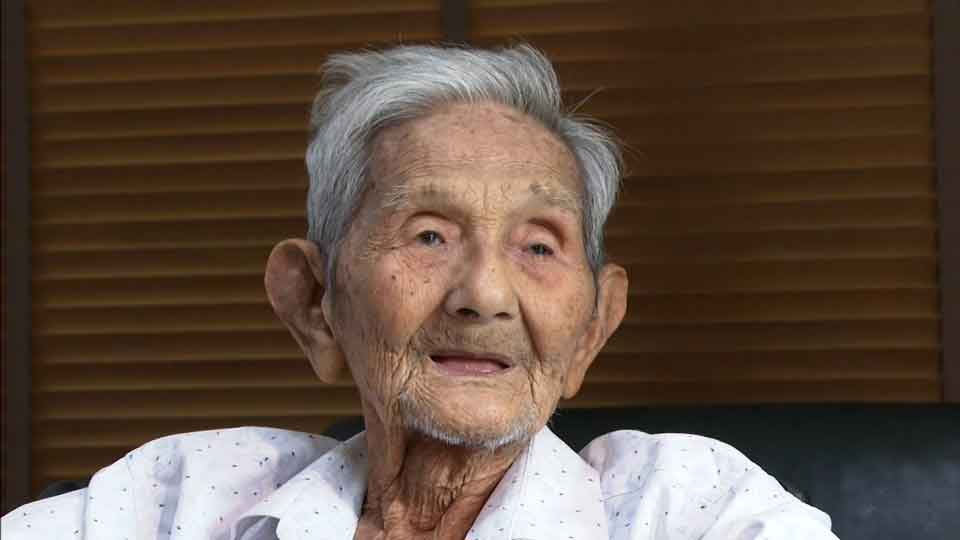
In November last year, Charoen, 98, spoke to NHK about his experiences. He was not able to talk much due to his health, capable only of expressing himself in short sentences: "Not afraid…Don't want to fight each other…was forced."
Charoen died on December 14th, 2021.
The province now has monuments and a museum that memorialize the resistance. In Prachuap Khiri Khan, former high school teacher Chaloempon Apairee has turned his house into a private museum commemorating the conflict. In the run-up to the 80th anniversary, he visited a high school where he used to teach to speak about the students there during the war who helped move supplies for the battle. One of them was killed in the fighting.
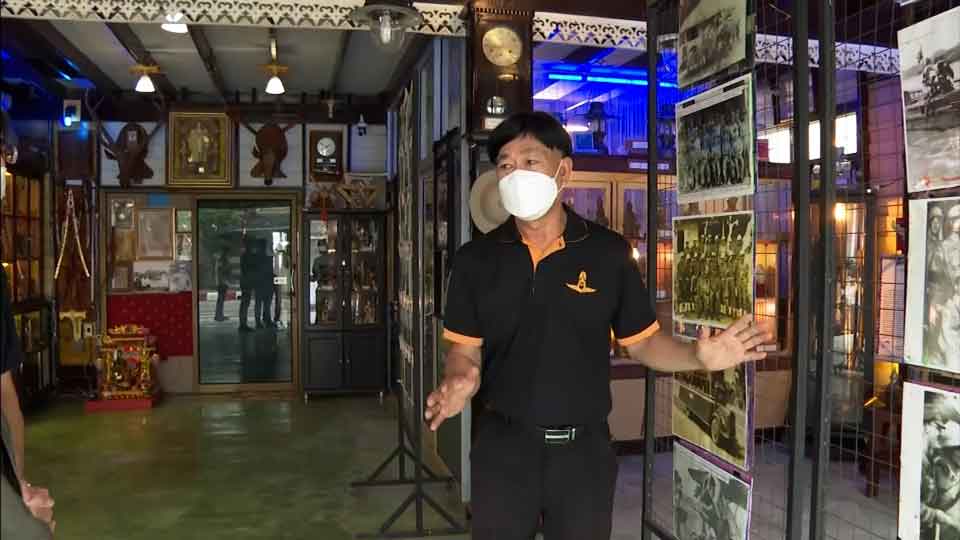
On December 8, 2021, exactly 80 years since the war began, people in southern Thailand attended memorial ceremonies. In Prachuap Khiri Khan, the event took place at the air force base, at the point where Japanese troops had landed. Seto Masao, 90, was among the attendees. He was born in Thailand, where his father was working for the Imperial Japanese Military.
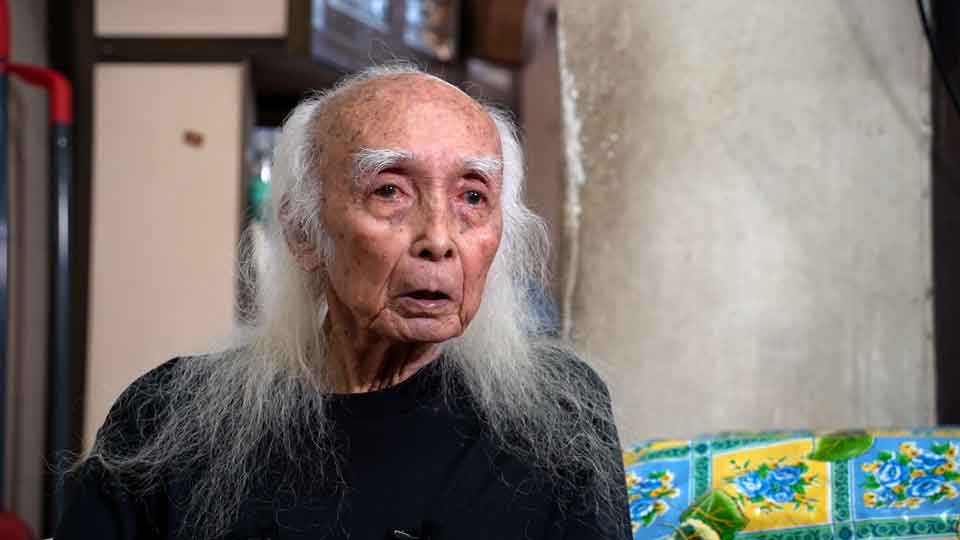
He recalls a time when, as a primary school student, he went fishing with his father. "I caught a lot of fish," he says. "But my father didn't catch any." Seto says he noticed his father was using a sinker and scale instead of bait on the end of his line, and later realized he was probably taking measurements to prepare for the Japanese landing. When the war broke out, his father went to the Malay Peninsula to conduct military-related activities and Seto himself took part in military exercises for young students, though he never saw battle.
Seto says his wish is that more people learn about this chapter of history. He says few people in Japan seem to know about the conflict between the two countries, and he believes learning about it, and how it played out, can deepen the friendship.
